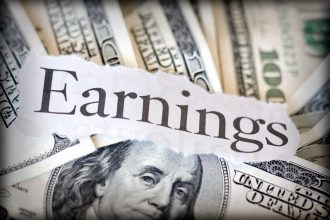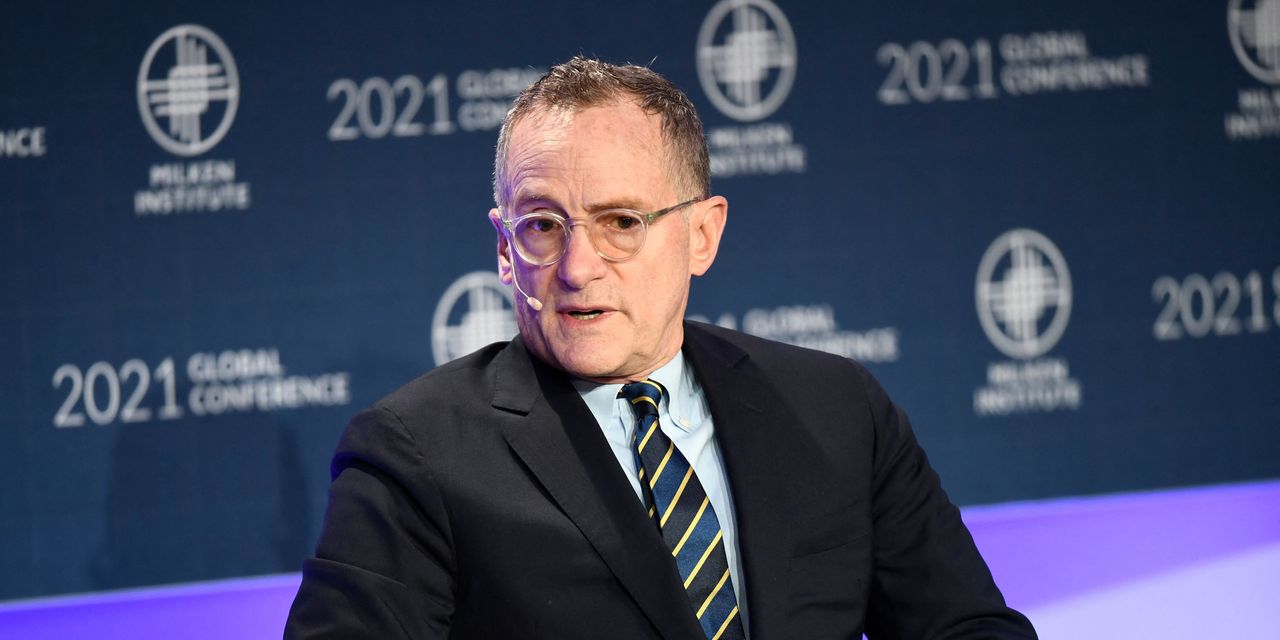““In 1980, I had a loan personally at 22.25%, and in 2020, I was able to borrow at 2.25%, so rates went down 2,000 basis points. Not going to happen again, there’s no room for it.””
Very low interest rates created an easy-money environment for companies to do well, but those days are over, said veteran investor Howard Marks, in a new podcast.
Marks, speaking of his own financial matters, revisited a theme he’s been focused on for months, namely that the past 40 years of falling interest rates aren’t normal, even though it’s the backdrop most investors know best.
“When you live through something for 40 years, you tend to say, ‘Well, that’s normal,’ but it’s not,” he said in a podcast out Tuesday, with Oaktree portfolio manager David Rosenberg.
“And the one thing I’m confident of is that interest rates are not going to decline by another 2,000 basis points,” he said. “In 1980, I had a loan personally at 22.25%, and in 2020, I was able to borrow at 2.25%, so rates went down 2,000 basis points. Not going to happen again, there’s no room for it.”
The same could be said for corporations, they argued, only that the dynamics play out differently for stocks and bonds.
Rosenberg, a co-portfolio manager in high-yield credit, said he was “joking” two years ago when suggested the asset class should be renamed “medium yield,” even though investors back then could only get about 4%-5%, which has since jumped to 9%-10% with the Federal Reserve’s rapid-fire rate hikes since 2022.
Like Guggenheim Partners’ Anne Walsh, he says it’s a bond-picker’s market, given the backdrop of higher rates, but also that the COVID crisis already shook out some of the sector’s weaker borrowers a few years ago.
In stocks, where returns hinge on growth, “we’ve seen a lot of growth because money was free, and when money’s free, people borrow a lot of it,” Rosenberg said, adding that, “In debt, you don’t need growth.”
Instead, debt investors only need to get paid back, which he expects to be a bigger problem ahead for investors exposed to “zombie bonds,” or companies in the roughly U.S. $1.5 trillion junk-bond market that have yet to default, or might not default for a few years, but can get embroiled in a selloff because there’s a fear investors could get stuck holding them.
Still, Marks said he’s not “blowing the whistle,” or saying it’s time to get out of investments, only that investors potentially can get equity-like returns from bonds on a “contractual basis, more reliable basis, and that’s something new relative to the last many years.”
The ICE BofA US High Yield index was last pegged at a yield of 8.57%, up from a pandemic low of under 4%. The industry’s biggest exchange-traded funds were up less than 2% on the year. Still, with the SPDR Bloomberg High Yield Bond ETF
JNK,
was kicking off a 6.45% dividend yield, while the iShares iBoxx $ High Yield Corporate Bond ETF
HYG,
was at 5.62%, according to FactSet.
The S&P 500 index
SPX,
was up 14% on the year through Tuesday, while the Nasdaq Composite Index
COMP,
has roared 29.5% higher and the Dow Jones Industrial Average
DJIA,
has gained 2.4%, according to FactSet.
Read the full article here




